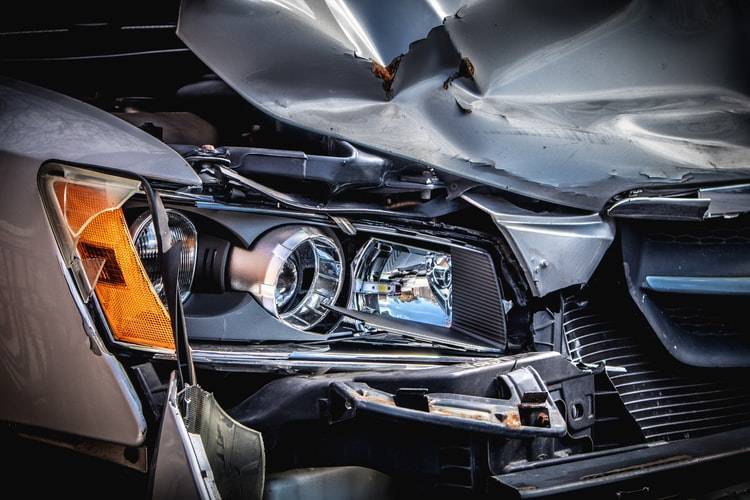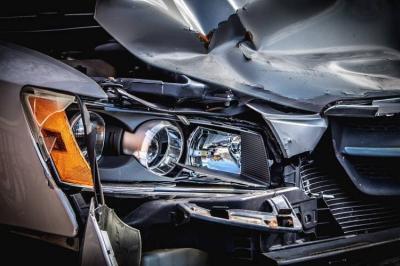A team of doctors, artists, and car accident specialists collaborated to design a mutated superhuman named Graham, envisioned as the only form a human could take to survive a high-speed car accident. With no neck, droopy eyes and nose, “wrinkled areas” on his skull, and airbags between every two ribs, Graham's body shape represents what humans need to survive a severe collision.
Graham was created to highlight the vulnerability of the human body when traveling in cars. While Graham may not win any beauty contests, he would survive accidents. Despite his strange appearance, Graham is not a cyborg or a mutant from a fictional movie, but rather a sculpture resulting from an unexpected collaboration between artists, doctors, and a government agency. The Australian Transport Accident Commission commissioned Melbourne-based artist Patricia Piccinini to create Graham, in collaboration with trauma surgeon Christian Kenfield from Melbourne Hospital. He is designed to represent the form the human body would need to survive a high-impact collision without any vehicle safety technology, according to the British newspaper Mirror.
Joe Calafiore, the CEO of the Australian Transport Accident Commission, stated, "Cars have evolved much faster than humans, and Graham helps us understand why we need to improve every aspect of our road systems to protect ourselves from our mistakes."
Piccinini commented, "This is a piece of art that needs to connect with the audience on an emotional level while still conveying some very serious ideas. The aim is to stimulate conversation and questions rather than tell people what to think or feel." Calafiore clarified, "As much as we like to believe we are invincible, we are not. The human body can only withstand a certain amount of force in the event of a car accident. In fact, the impact force at just 30 km/h can be fatal — like a pedestrian collision or a side impact with a tree."
He added, "But what if we changed? What if our bodies could handle the impact of a collision? How might we look? Our goal is to explore this with Graham and remind people how vulnerable our bodies truly are by showing what we might look like if we were built to survive a road collision. And while our bodies would never look like Graham, there is a safe system that can help protect us similarly."




